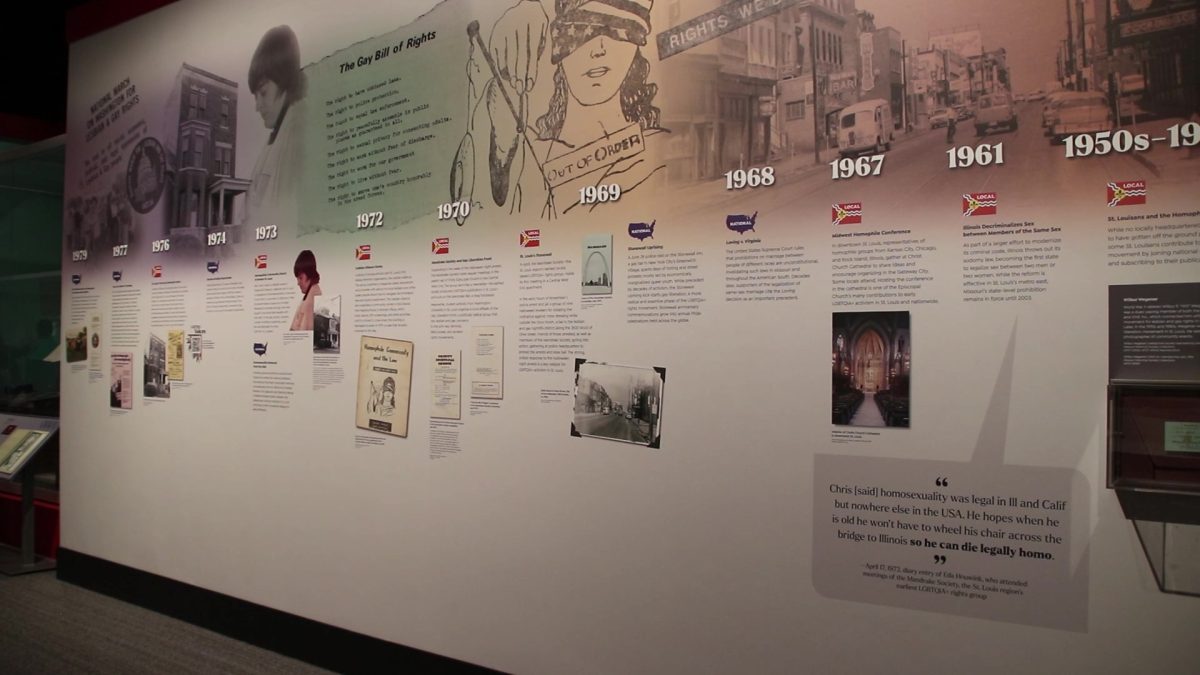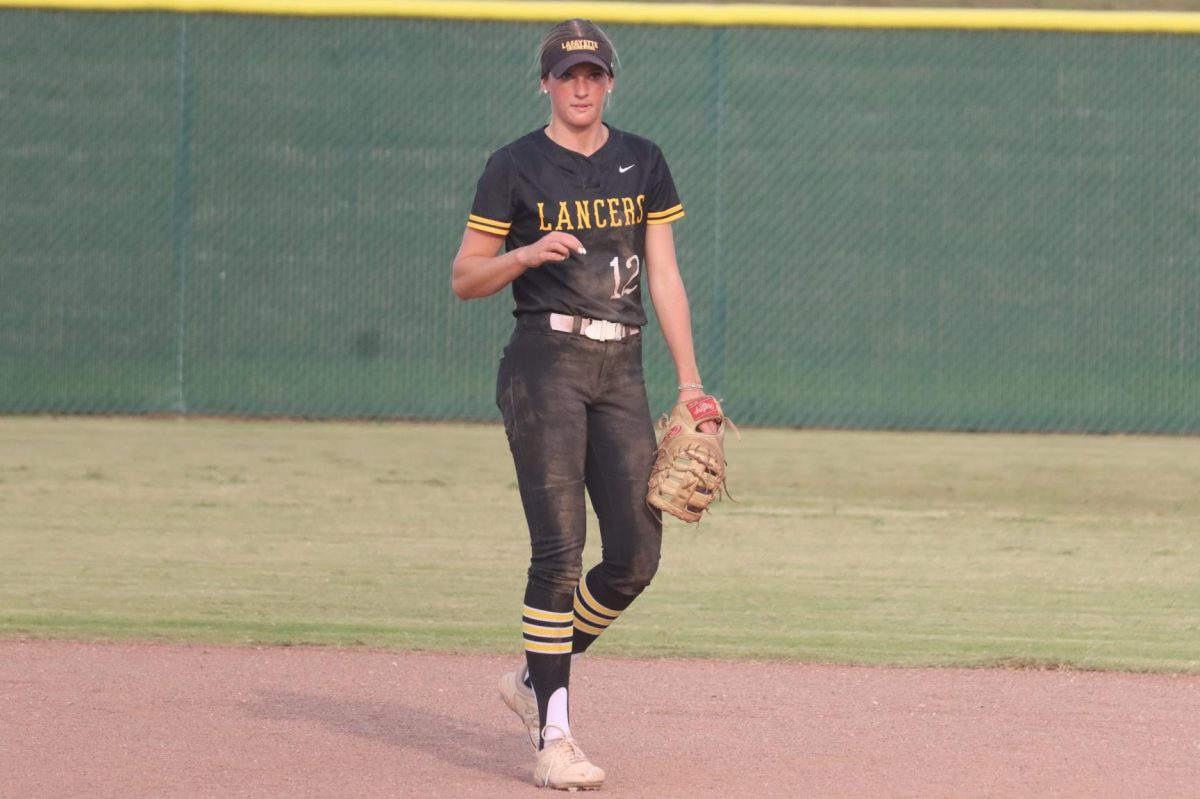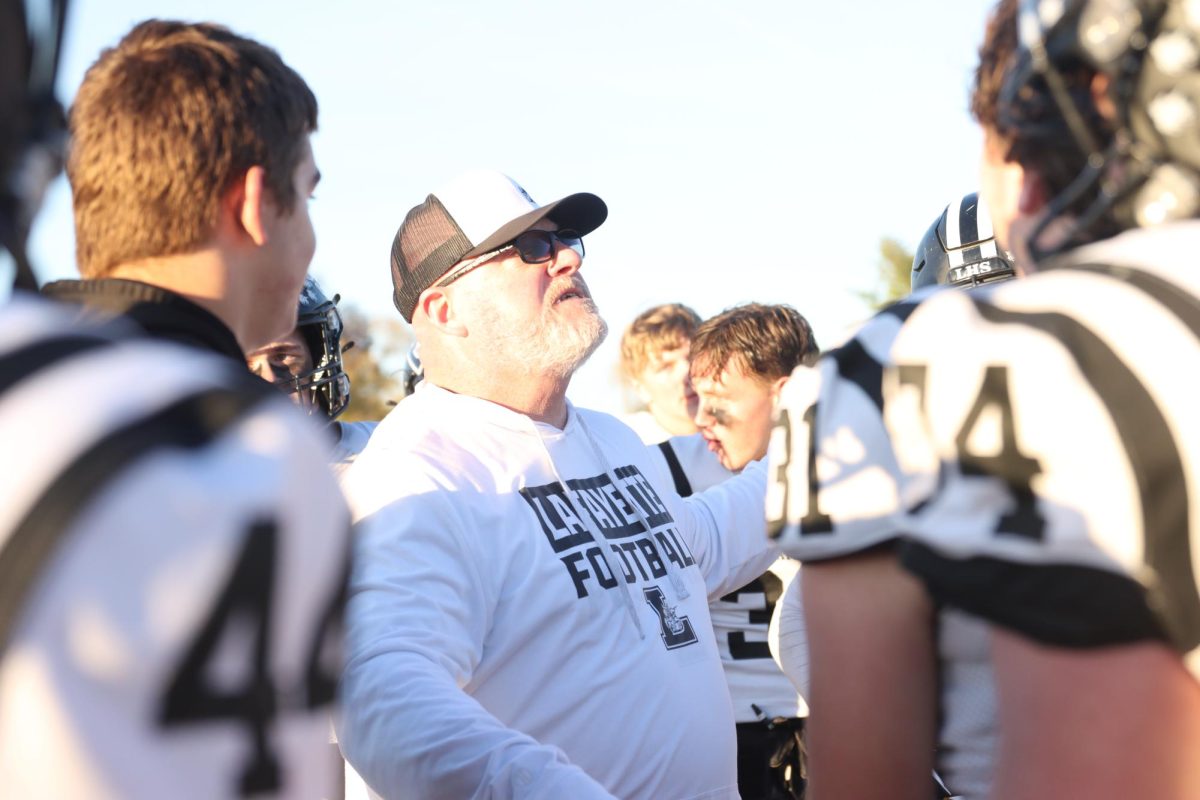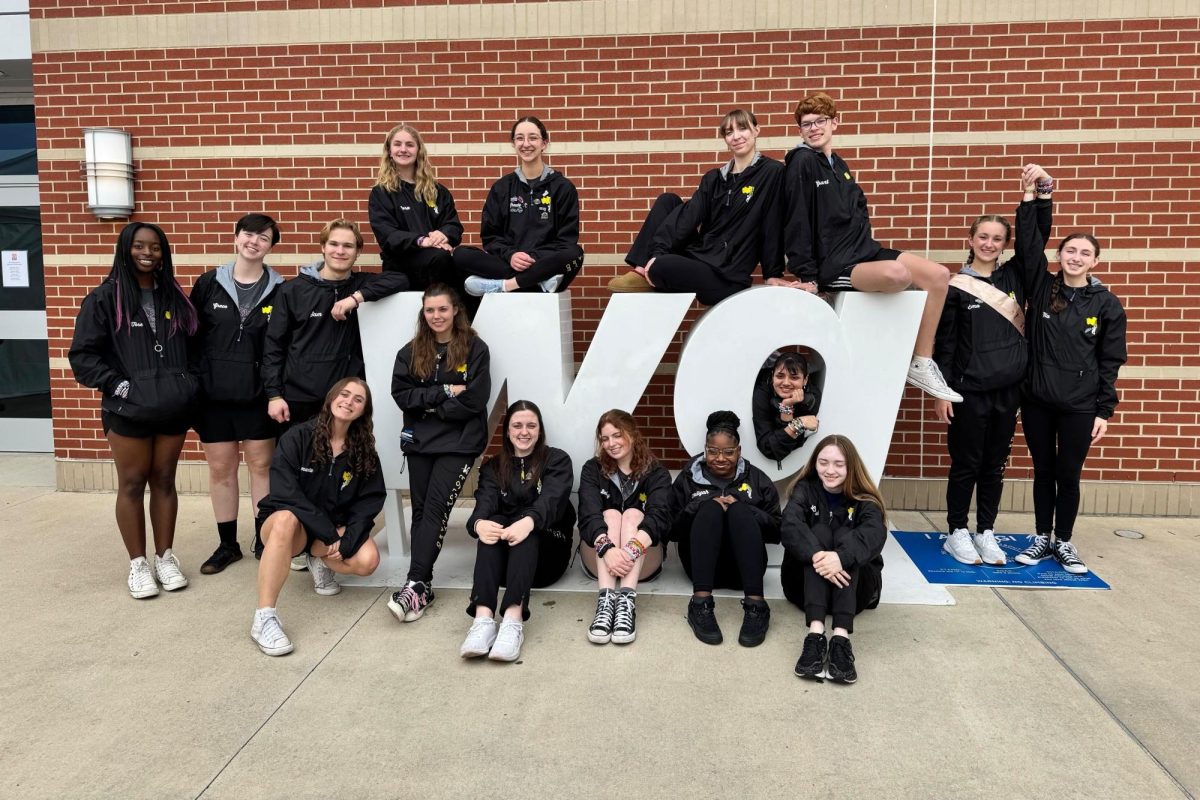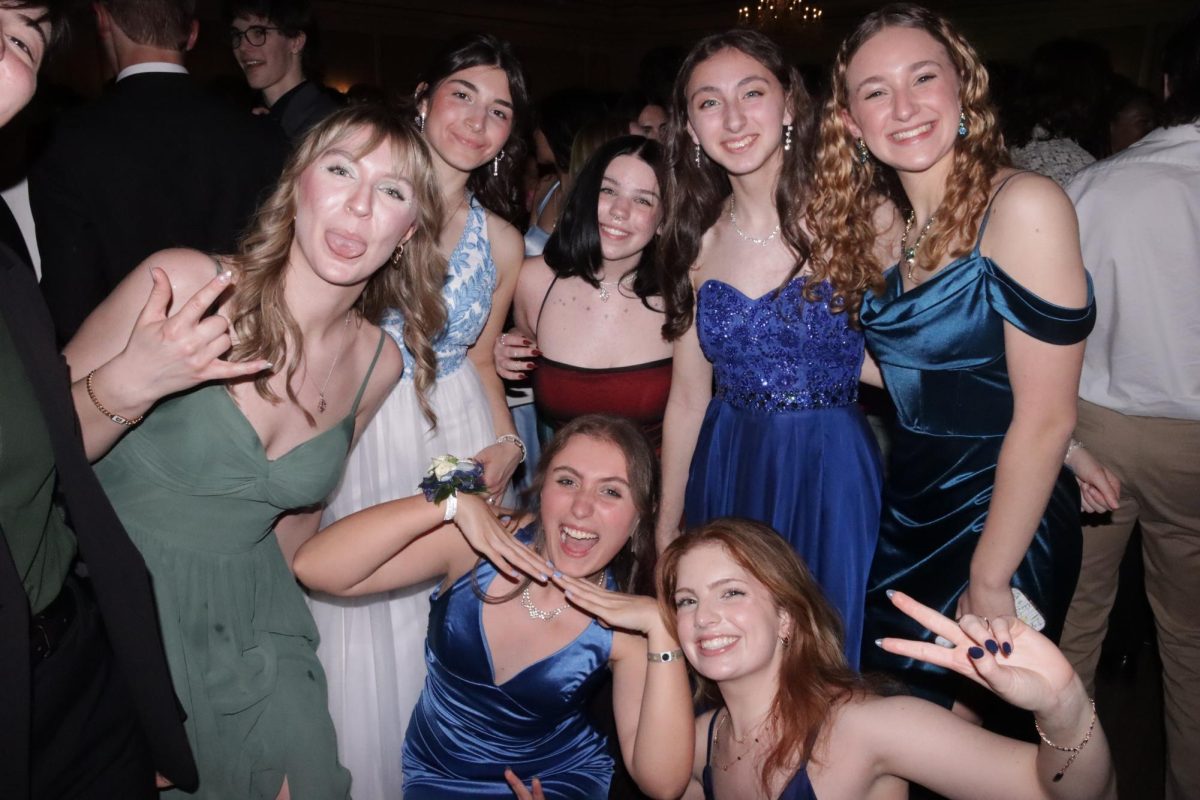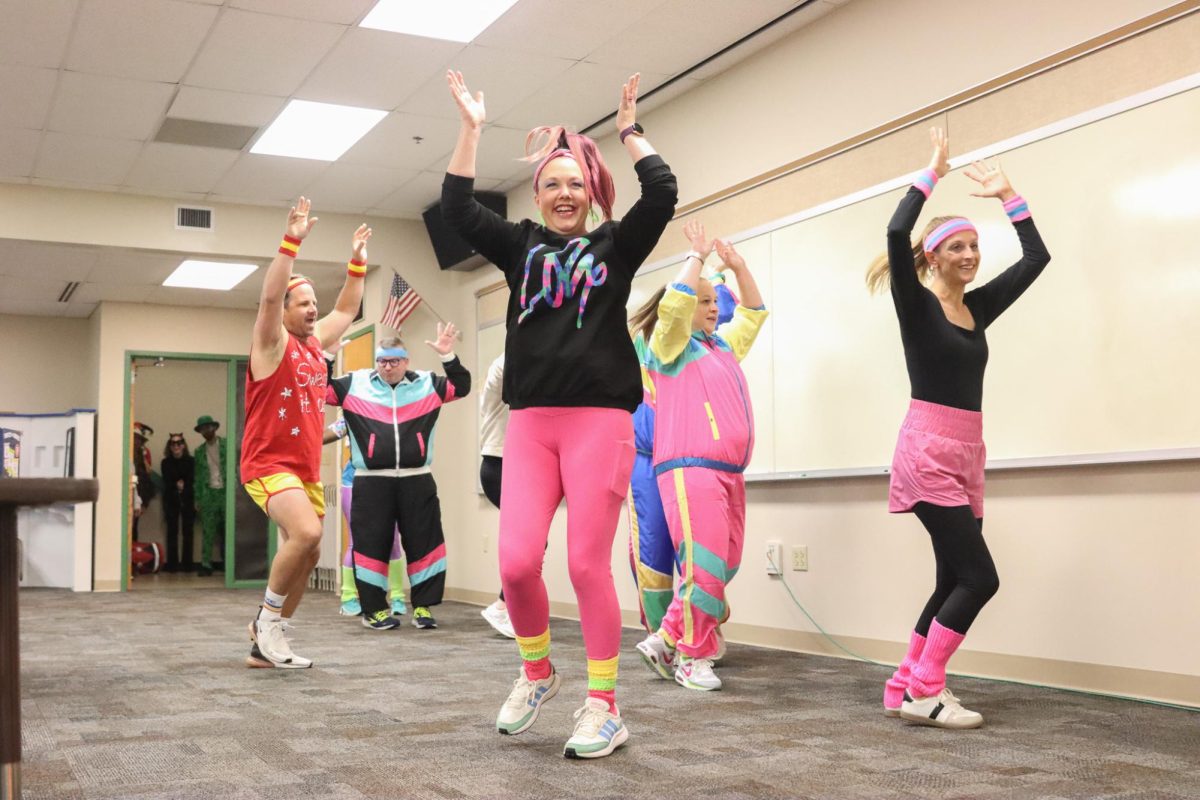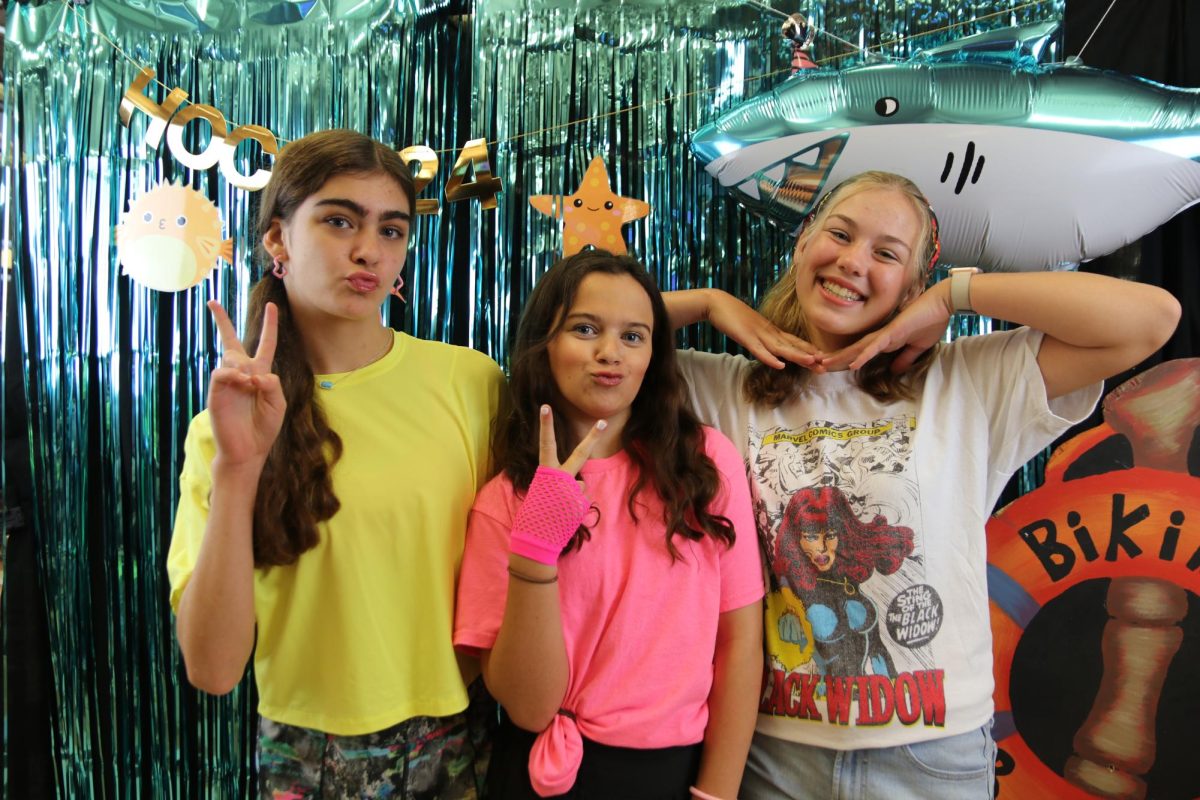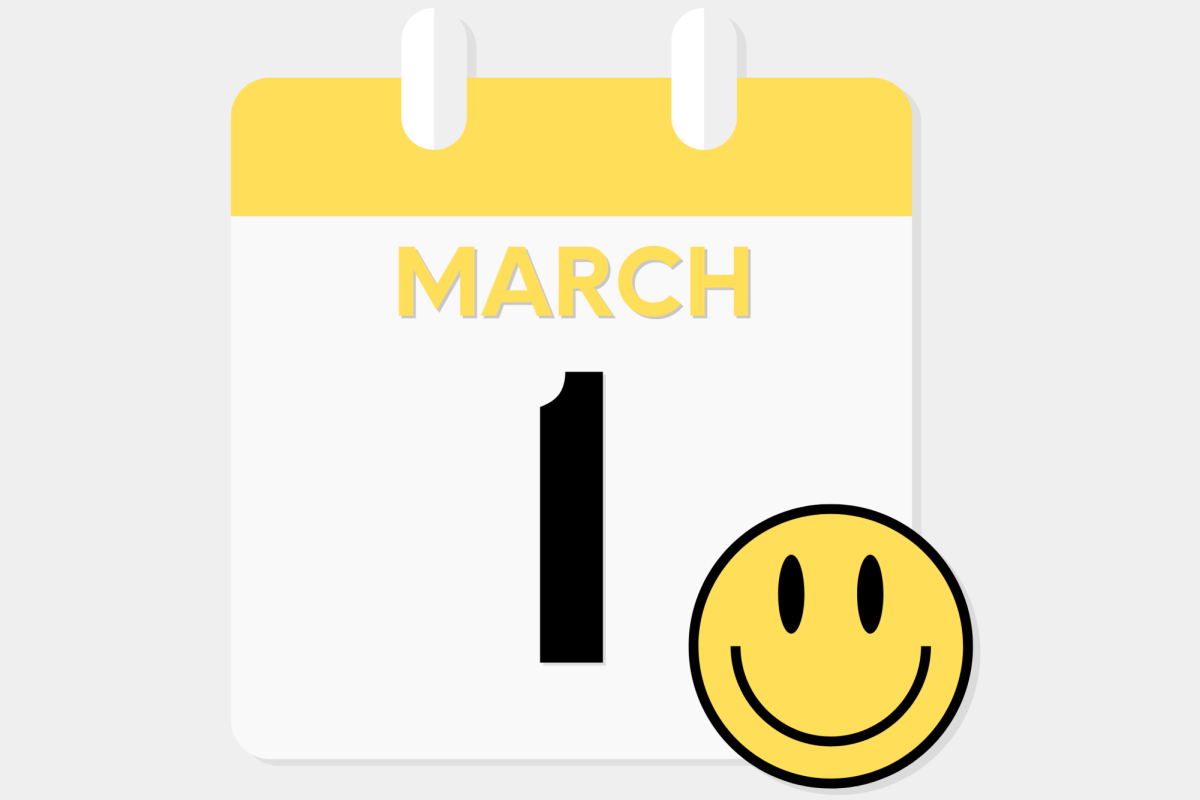MOVIE REVIEW: Captain Marvel
March 26, 2019
*This review contains minor spoilers for Captain Marvel.
Eleven years after the release of Iron Man, the movie that kicked off the Marvel Cinematic Universe (MCU), Marvel has released their first solo female superhero movie, Captain Marvel.
Anna Boden and Ryan Fleck, the film’s directors, were able to create a movie about a female hero that is not only enjoyable for audiences who have read the comics, but also for those who haven’t. The film also represented women’s empowerment in a way that isn’t forceful or overbearing.
Captain Marvel was released on International Women’s Day (March 8). This was intentionally so, as the movie communicated a strong theme of female empowerment. This theme is shown primarily through the main character, Carol Danvers, played by Brie Larson, who was a United States Air Force pilot who had been criticized for her bold ideas and choices her entire life.
In 1995, Danvers, while on an unauthorized test flight with Air Force scientist Dr. Wendy Lawson (Annette Bening), got into a plane crash, thus beginning Danvers’ new life as a Kree Starforce member under the name Vers.
Vers, while on a mission with the Kree Starforce, ends up crash-landing into a Blockbuster store on planet C-53 (Earth). While on Earth, Vers unearths more and more about her past life with the help of SHIELD Agent Nick Fury (Samuel L. Jackson) and Air Force pilot Maria Rambeau (Lashana Lynch).
Captain Marvel had outstanding performances by the cast, including Jude Law (Yon-Rogg), Clark Gregg (Agent Phil Coulson), and Ben Mendelsohn (Talos), as well as those mentioned before. The actors delivered believable performances with excellent comedic timing sprinkled in throughout the film.
The soundtrack of the film was both timely and fit the scenes and feel of the movie overall, with songs including “Only Happy When It Rains” by Garbage, “Just a Girl” by No Doubt and “You Gotta Be” by Des’ree. The songs were not fully integrated into the film, however—they served the intended purpose by giving the audience insight on characters’ personalities as well as keeping the movie upbeat through the quiet background music.
The original score of the movie, as with any Marvel movie, was very well put together and was able to complement the soundtrack in a way that didn’t overpower it, but rather worked together to engage the audience in an effective way.
It is somewhat of a tradition in all Marvel movies to include a cameo from Stan Lee, an American comic book artist who co-created most of the characters who are now brought to life on the screen in the MCU. Unfortunately, Lee passed away in November of last year, with Captain Marvel being the first Marvel film to premiere after his passing. However, fans will certainly not be disappointed with Lee’s cameo in this latest addition to the MCU.
Another tradition in the MCU is to include a mid-credits and/or post-credits scene for the fans who are committed enough to stay through the credits for either a sneak peek into the next MCU movie or an extra gag clip. Captain Marvel includes both, with a mid-credits scene that ties directly into Avengers: Endgame, as well as a post-credits scene that is slightly less jaw-dropping for fans, but worth the wait nevertheless.
Captain Marvel shone a light on women’s empowerment in a way that other superhero movies haven’t been able to. This was achieved by keeping the focus on the challenges Danvers had overcome in a world where women were thought to be less valuable than men, all while telling an origin story of a new superhero that the audience will find itself both relating to and enjoying.


